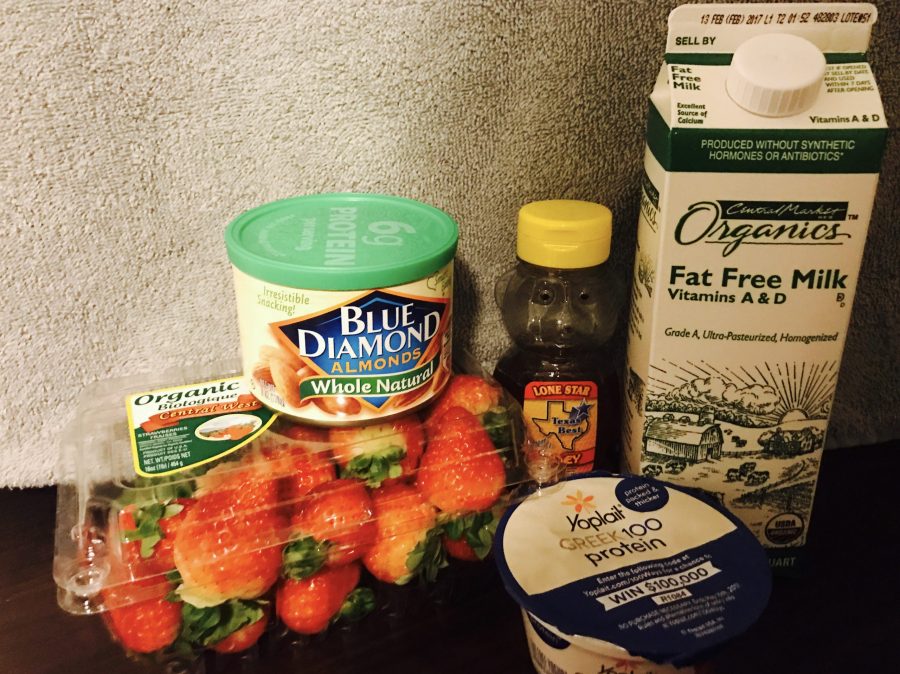With New Year’s resolutions fresh on our minds, now is the perfect time to discuss healthy alternatives to those guilty pleasure foods and beverages that have us sneaking to the refrigerator or making spontaneous late night runs to Walmart. Maybe you are looking to make a change in your diet and are curious about your options. Whatever the case, here are a few positive changes conducive with New Year’s health-related goals.
First, comes the bane of most college students’ existences: that grainy, white substance that manifests itself into our daily lives almost covertly. I’m talking about sugar, people! Whether it is sprinkled into our coffee or disguised in a package of small doughnuts that sparks the thought, “These doughnuts are so small, there’s no way there’s that much sugar in here.”
Unfortunately, sugar holds no true nutritional value and is usually consumed in excess.
Consider swapping sugar for organic honey. A little goes a long way with this sticky substance, considering it is a lot sweeter than sugar. Try it on toast for breakfast or maybe squirt it into your coffee in the morning.
If you’re a lover of all things chocolate, then making the switch to a more nutritious, raw alternative should not be difficult. Aside from being antioxidant-rich, dark chocolate has consistently been shown to lower cholesterol levels as well as high blood pressure. As with honey, a little goes a long way with this sweet treat. It is important to be mindful of how much you are consuming. Moderation is key.
Next, if you’re looking to cut some extra calories in your diet, then try unsweetened almond milk as a replacement for regular milk. Made from ground almonds, this alternative milk is free of dangerous stuff like cholesterol and saturated fats.
It is also a safe alternative for people with lactose intolerance. Almond milk is a great source of essential vitamins; however, it does not contain protein or calcium as dairy milk does. If you’re looking to make the switch, it’s a good idea to talk to a health professional about other ways to get these nutrients.
Lastly, it’s time to banish the other white, grainy substance that wreaks havoc on blood pressure and the heart: salty foods. Like its sweeter counterpart, salt can become an addiction. The science is simple: both trigger the release of dopamine, which is a neurotransmitter affiliated with the brain’s pleasure center. The more we eat, the more we crave. A great way to start slowly reducing your salt intake is to start with low-sodium foods and spices. Once you have mastered that, you can start replacing salt altogether by experimenting with different spices and foods marked “no salt” or “sodium-free.”
Remember that taking things slowly helps with the will to persevere. Health is not just about how you look, but how you feel. If you are making positive changes to your diet, then you are already making great strides toward becoming a healthier you.









